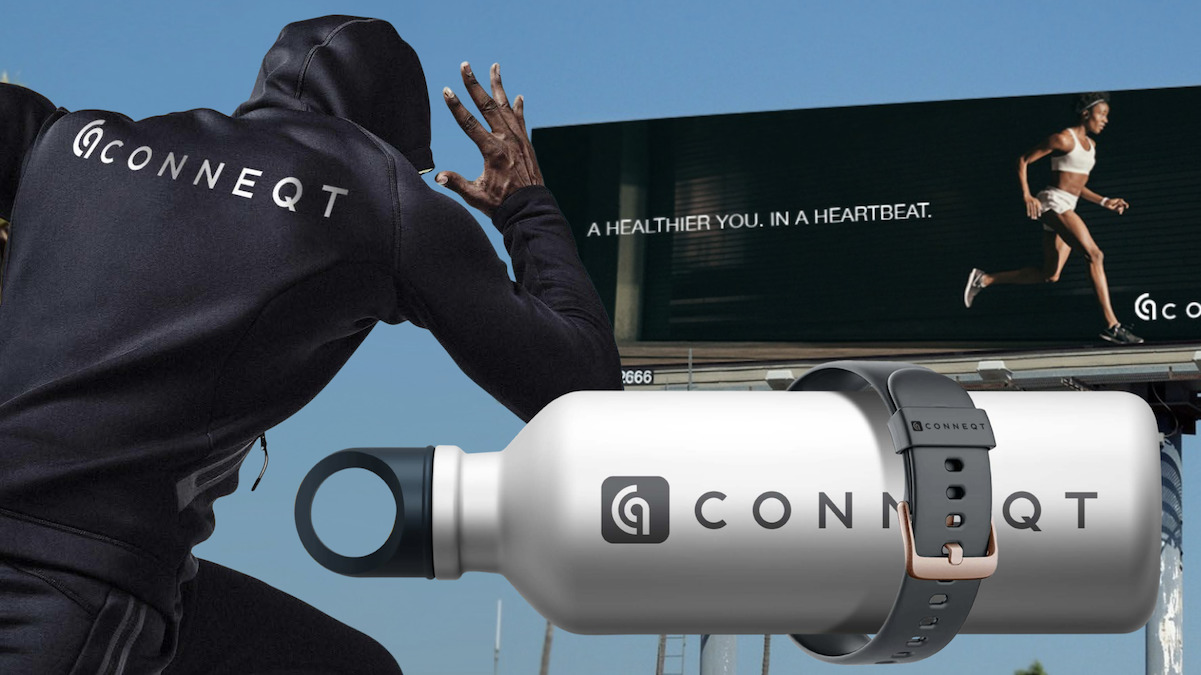CardieX wants to become Omron’s worst nightmare

It’s been a big few weeks for CardieX (ASX:CDX) as the health technology company restructured itself into two divisions, worked to protect its intellectual property and announced a new strategic partnership. Image: Supplied
It’s been a big few weeks for CardieX (ASX:CDX) as the health technology company restructured itself into two divisions, worked to protect its intellectual property and announced a new strategic partnership.
CardieX has five new products in development that are on track to launch this year and next, including the world’s first consumer dual-pulse blood pressure monitor and a wristband targeted at consumers with underlying vascular heart conditions.
As part of the restructuring, CardieX has announced a new subsidiary called CONNEQT, which will be its brand for home and consumer vital signs monitoring devices and wearables.
“We’ve now bifurcated the company into two separate brands, which we’re super excited about,” says chief executive Craig Cooper.
Its ATCOR Medical division will continue to focus on specialist clinical markets, with customers including AstraZeneca, Novartis, Bayer and the Cleveland Clinic, but CONNEQT clearly has a bright future ahead of it in the consumer market.
World-first patent
Key to the CONNEQT strategy is CardieX’s world-first patent application it lodged last year for monitoring blood pressure with just the touch of a finger by way of a PPG sensor.
“The holy grail of health-tech in this sector is really being able to detect blood pressure, or what’s called pressure-based arterial features, from a non-pressure-based signal, such as a PPG sensor,” Cooper says.
In other words, a device that can measure someone’s blood pressure without a band constricting around their arm or wrist. Instead, it would use the same green or red sensors seen on smartwatches that measure heart rate.
“Basically, we’re able to show that by placing a finger on a light sensor, we can get substantially equivalent signals and health biometrics that we get from a traditional pressure-based device – and that’s a game-changer” Cooper says.
“It may sound simple, but in the health-tech world, it’s not only a world-first, it’s a significant leap in terms of the technology and its application in the sector. It allows our new wearable devices to provide a level of biometric arterial health data that is not available in the market today.”
It was a big algorithmic challenge, but we’ve solved it, Cooper said.
‘A massive market’
CardieX’s next-generation wearable device will have both a traditional sensor under the bottom of the band, as well as a new and unique side sensor that a user can touch a finger to for five seconds and get clinical grade health parameters such as arterial stiffness, central blood pressure, as well as data on the vascular health of your brain.
Cardiovascular disease is the leading cause of death globally, and hypertension (high blood pressure) is a key warning sign of heart disease. Nearly half the adults in the United States – some 108 million – have hypertension, which caused or contributed to an estimated half a million deaths in 2018.
“It’s a massive population health market that we’re focused on,” Cooper said.
But CardieX wants to move beyond wearable consumer devices to what Cooper calls a “touchpoint ecosystem” – integrating its algorithm into any consumer device, from ID sensors on laptops to treadmills to gaming console controllers.
“We’ve had discussions from pretty much everyone that you can imagine, Amazon, Microsoft, Apple, heavily knocking on our door, wanting to see what the opportunity is in respect to our technology, but we’ve decided to initially launch our own products,” Cooper says.
The CONNEQT Pulse will be launched late this year and its CONNEQT Band wearable early next year. Unlike wearables from Apple, Fitbit and Garmin, CardieX is applying to have Food and Drug Administration approval for their products as “medical devices”.
“We’re not positioning ourselves purely as a lifestyle device, we’re positioning ourselves more on the high-end clinical end of the spectrum,” Cooper says.
FDA approval will elevate their products in the marketplace, he said.
A lifestyle brand
Cooper said his goal will be to create a brand around CONNEQT, similar to the strategy he and his partners used to successfully launch Boost Mobile USA in the early 2000s.
“We were obviously a cell phone company, a telecommunications business, but at our core, we were really a lifestyle marketing business that just so happened to sell phones,” Cooper said. All the other cell phone businesses at the time were selling “minutes on boxes” with no branding, he said.
“So my mantra to my team, particularly on the consumer side, is that we have to start thinking more like a consumer marketing company than a traditional product and medical device business.
“So in terms of our marketing strategy and branding, I think that’s what you’ll see more of going forward.”
In the home health monitoring business, CardieX is targeting companies like Omron, GE, Welch Allyn, and Phillips, which sell blood pressure monitors and which Cooper says’ “have zero idea about marketing”. There hasn’t been any innovation in blood pressure monitors in over 125 years, and the market is ripe for disruption, he says.
“We’re certainly targeting the traditional medical device companies. I want to become those companies’ worst nightmare,” Cooper said.
This article was developed in collaboration with CardieX, a Stockhead advertiser at the time of publishing.
This article does not constitute financial product advice. You should consider obtaining independent advice before making any financial decisions.
Related Topics

UNLOCK INSIGHTS
Discover the untold stories of emerging ASX stocks.
Daily news and expert analysis, it's free to subscribe.
By proceeding, you confirm you understand that we handle personal information in accordance with our Privacy Policy.








